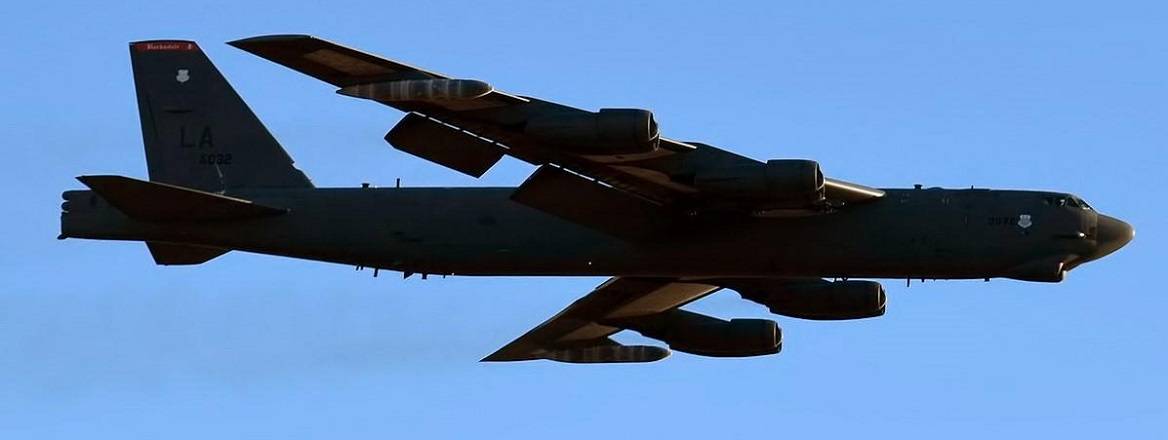Israeli Options for Direct Attacks on Iranian Nuclear Sites
Ehud Eilam
23 February 20217 Minute Read
The Israeli government sees Iran’s nuclear programme as an existential threat. The Biden administration is attempting to re-open negotiations, but if these fail and Iran tries to produce a nuclear weapon then Israel might attempt to bomb Iranian nuclear sites. US supplies of new bombs and the B-52 bomber would be critical to any prospects of success.

